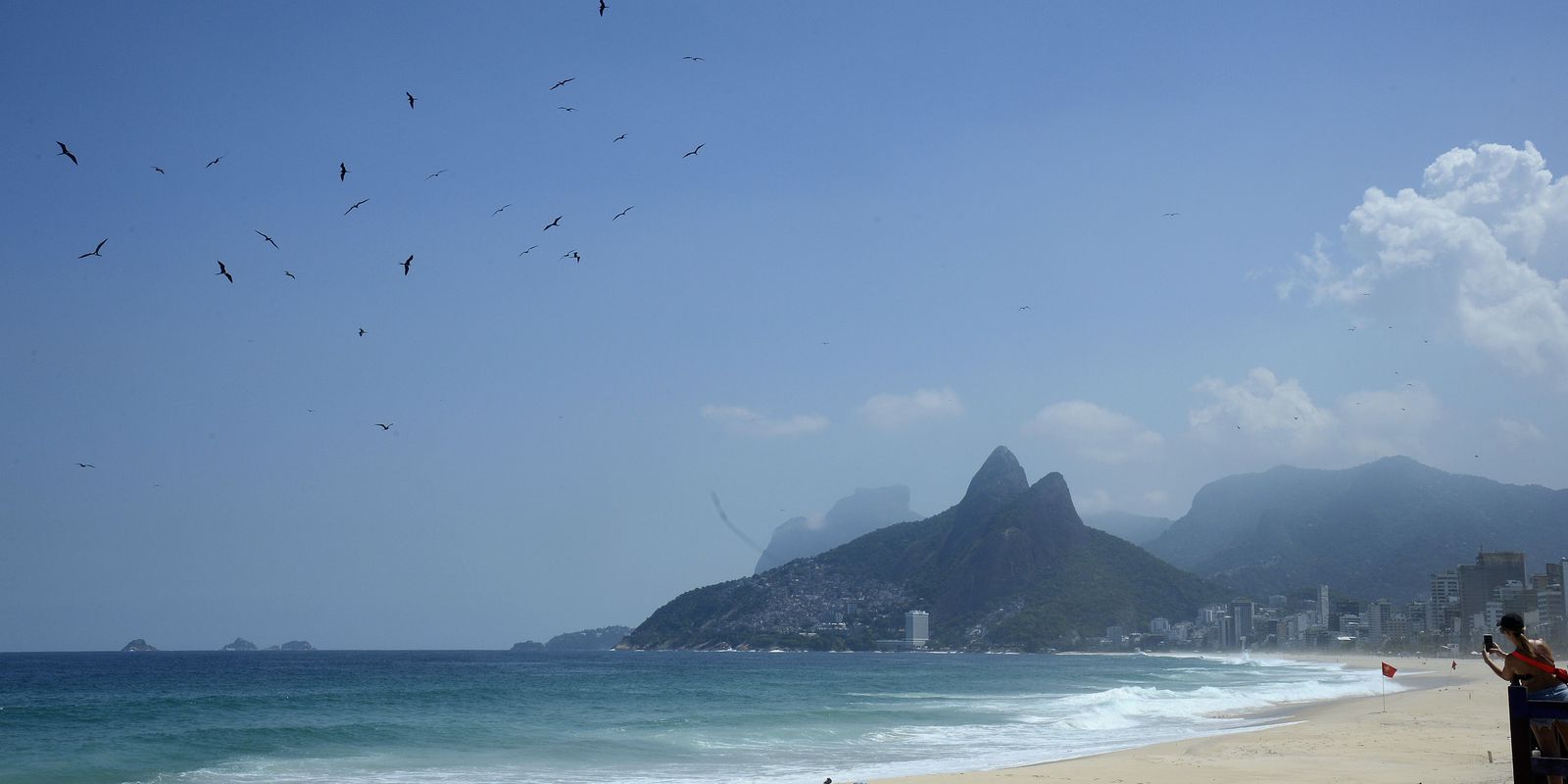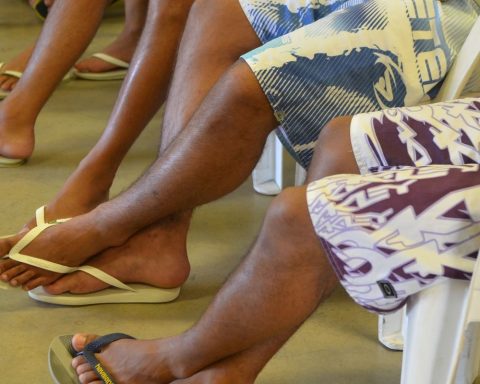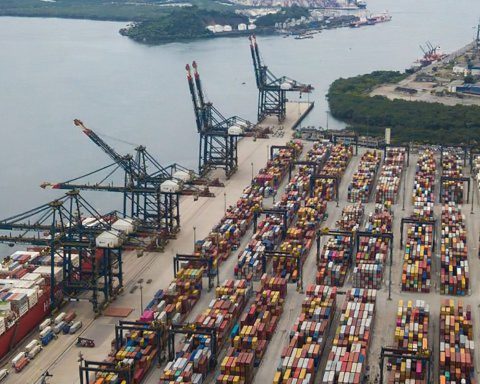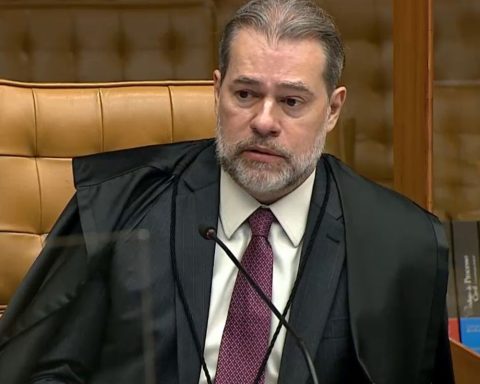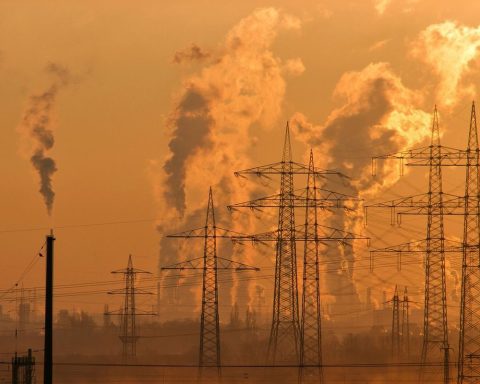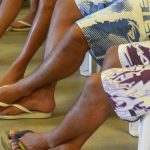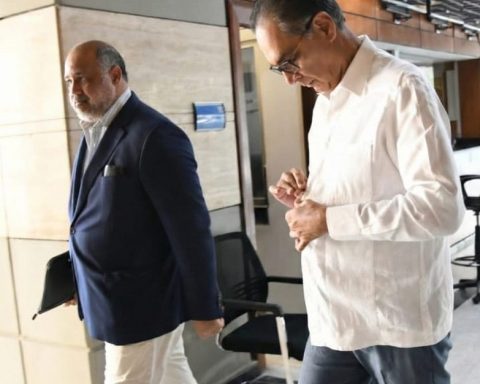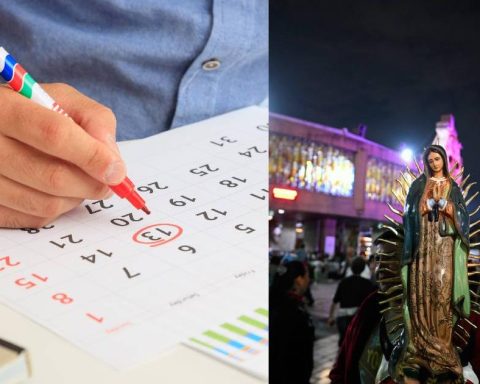The National Bank of Albatross and Petrel Biological Samples (Baap) – managed by Projeto Albatroz and located in Florianópolis (SC) – ended 2022 with a 57.5% increase in the volume of samples available for consultation by researchers. 
Operating in a structured way since 2018, it currently accounts for 10,000 biological samples from 39 species of these endangered seabirds, including blood, organs, gonads, bones, bacterial culture, parasites, skin, feathers and various other tissues. The objective is to collect, catalog and offer materials that help researchers to conserve these oceanic birds that come to Brazil to feed outside the breeding season.
The ornithologist responsible for the Baap, Alice Pereira, a technical consultant for the Albatroz Project, informed today (2) the Brazil Agency that, in addition to receiving physical samples from partners, the bank also receives information about what these partners have.
“Our idea is to integrate the collections because, many times, these institutions have the samples, but they don’t have a website or people to handle the requests and even the resources to carry out research. We want to make this integration”, said the ornithologist.
The creation of the bank met a demand from other countries as well. Albatrosses and petrels are migratory and colonial birds that move across the oceans to feed.
“Efforts to conserve the species are joint”, he highlighted. Since 2008, Brazil has been part of the International Agreement for the Conservation of Albatrosses and Petrels (Acap), which is multilateral and aimed at promoting the conservation of albatrosses and petrels, through the coordination of international activities to reduce threats to these birds. The agreement was signed in 2001 in Cape Town, South Africa, and brings together several countries that work together to exchange information and data to protect the world’s birds. “This demand arose from the agreement”, he stressed.
Action plan
Brazil also has the National Action Plan for the Conservation of Albatrosses and Petrels (Planacap), which resulted in the creation of Baap so that national specialists can research what is happening with these birds in the Brazilian seas.
They usually appear in Brazil at different times to feed, mainly on fish, molluscs and crustaceans. Albatrosses – which feed in Brazilian oceanic waters or close to the territorial sea – come from Antarctic and sub-Antarctic islands where they reproduce.
Examples are the Black-browed Albatross (Thalassarche melanophris) and the traveling albatross (Diomedea exulans). Shearwaters and petrels, on the other hand, have more varied movements, and may come from the same breeding sites as albatrosses, as is the case of the Black Shearwater (Procellaria aequinoctialis) and the giant petrel (Macronectes giganteus). Other shearwaters and petrels may come from islands in the northern hemisphere, such as the shady shearwater (puffinus puffinus) and the Cape Verde Shearwater (Calonectris edwardsii).
The purpose for this year is to increase the bank’s disclosure to have more requests for samples, aiming to increase demand and also encourage scientific publications. The new samples are obtained mainly through partnerships with institutions linked to the Beach Monitoring Program (PMP), contracted by Petrobras, in addition to organizations that work in the rescue and rehabilitation of seabirds in various Brazilian regions.
Brazil partners with Argentina on research into the impact of plastics on albatrosses and petrels. “We want to produce samples and also give them to others”, said Alice.
The intention is to encourage partnerships with governments and academia. Interested parties can access the sample bank at the address www.baap.org.br. The Albatroz Project is sponsored by Petrobras, together with the National Center for Research and Conservation of Wild Birds (Cemave) of the Chico Mendes Institute for Biodiversity Conservation (ICMBio) and R3 Animal.
Researchers interested in registering samples on the site can contact us at email [email protected]. In order for new samples to be added to the bank’s directory, sample collection must follow standards defined in the portal, and specific data must be sent, in accordance with the Albatroz Project’s collection protocol.
Threats
The Cemave-ICMBio environmental analyst, Patrícia Serafini, pointed out that the bank is public, facilitating consultation and access by researchers, in addition to the conservation of the species.
He evaluated that after 10 years coordinating the National Action Plan for the Conservation of Albatrosses and Petrels, he realized that there was a lot of knowledge gap about this group of oceanic birds that are difficult to access because these animals visit islands far away from the coast. “An albatross specimen is very rare, very difficult,” he said.
For her, the bank has two functions: to facilitate scientific research and find answers to conserve these endangered birds.
Albatrosses suffer from the harmful action of humans on the environment, such as pollution in the oceans, especially plastic, which the birds ingest, mistaking it for food.
The birds are also captured accidentally by fishing vessels, attracted by baits on hooks used to catch large fish far from the coast. These fish end up being hooked and drowned. “The main problem is the capture in fishing”, indicated Patricia.
Reducing the bycatch of albatrosses and petrels is the main mission of the Albatross Project. Created in 1990, in Santos (SP), its main line of action is the development of research to support public policies and the promotion of environmental education actions with fishermen, young people and schools.
